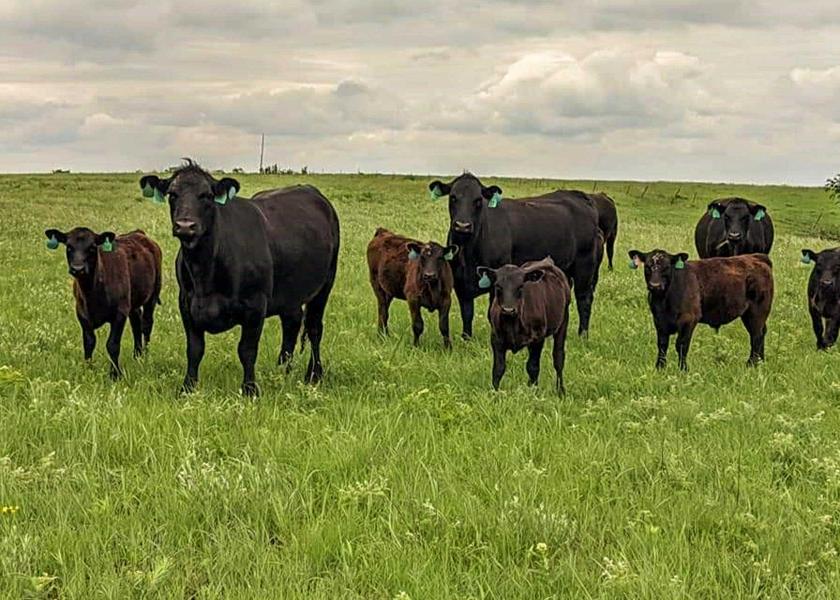Peel: Mid-Year Cattle Cycle Update

On July 22, USDA-NASS will release the July Cattle report with national estimates of cattle inventories by category along with the first estimate of the 2022 calf crop. With widespread drought conditions continuing in 2022, the focus will certainly be on the female side of the industry in terms of how much beef cow herd liquidation has occurred and how much more is ahead.
What we know now is how much female slaughter has already occurred. Beef cow slaughter was up 14.6 percent year over year in the first half of the year. This follows a nine percent increase in beef cow slaughter last year. The beef cow herd inventory is likely to be down by 2.5-3.0 percent in the mid-year inventory. This would be a July 1 beef cow inventory that is the smallest since 2015 or earlier.
Fed cattle slaughter was up 0.6 percent year over year in the first half of the year. However, fed steer slaughter was down 1.4 percent while fed heifer slaughter was up 3.8 percent year over year. Heifer slaughter in the first half of the year was 52.1 percent of the January 1 inventory of other heifers. That is the highest rate of heifer slaughter in the first half of the year since 2004 and has averaged 48.3 percent in the past fifteen years. Reduced beef heifer retention may lead to a decrease in the beef replacement heifer inventory of 2.5 percent or more.
The 2022 calf crop is expected to be smaller by roughly two percent. Lower inventories of steers, other heifers and calves, combined with a cattle on feed inventory about equal to last year, is expected to lead to a roughly three percent decrease year over year in estimated feeder supplies outside of feedlots. The total July 1 inventory of all cattle and calves is expected to be down by 2.0-2.5 percent year over year.
The beef cattle industry is liquidating farther and faster this year. Augmented by continuing drought and high input prices, accelerated cow and heifer slaughter so far is boosting beef production in the short term but leading to a smaller than planned industry going forward.
At some point, drought conditions will likely ease and producers will be interested in herd rebuilding. The timing will be important, and it may take some time. Cow culling can drop rather quickly if conditions improve but the availability of replacement heifers, especially bred heifers, may take a year or more. Heifer liquidation this year may mean that a limited supply of bred heifers is available next year.
If drought conditions improve this summer/fall, it may be possible to save some additional replacement heifer calves, but most will not calve until 2024. Even if we can and want to, the ability to rebuild the beef cow herd may be limited in 2023. Hopefully, the upcoming report will provide some indication of what lies ahead.







